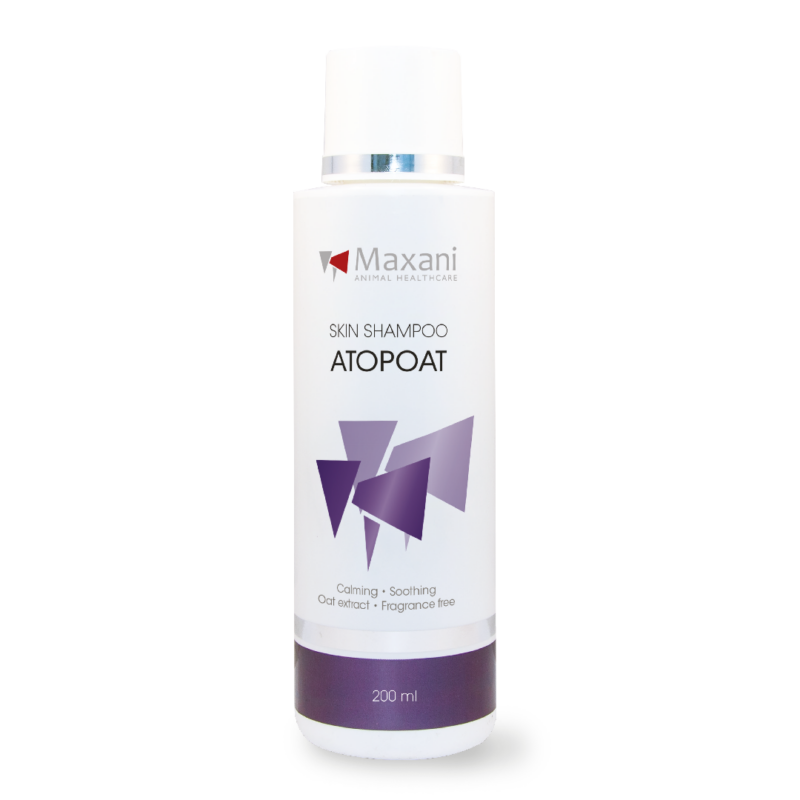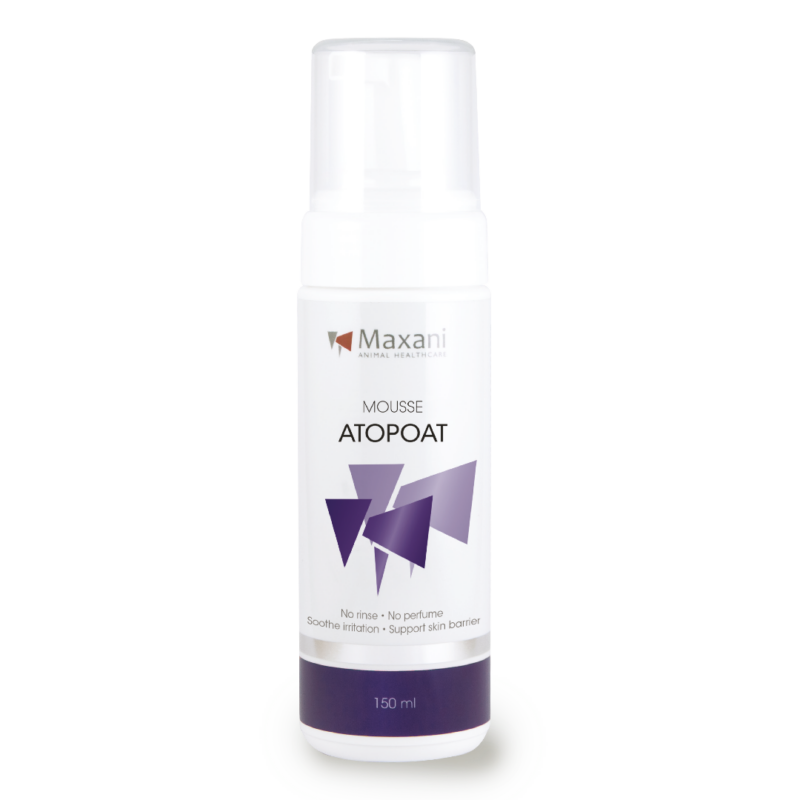My cat has itching: what to do?
Itching is a common problem in cats, but it can have several causes. When your cat is constantly scratching its skin, it can lead to further damage to the skin. It is important to treat this itch and address the underlying cause to prevent your cat from further damaging the skin by scratching.
Causes of itching
There may be several causes of itching in your cat. These could include allergies, parasites or a skin condition. Sometimes it is difficult to determine the exact cause of the itching. Are you unsure about the cause? If so, consult a veterinarian.
Allergies
Environmental allergies (atopy)
Atopy (atopic dermatitis) is caused by a hypersensitive reaction to allergens such as pollen from flowering crops and/or dust mites. Atopy is a common form of allergy in cats, and it can be hereditary and breed-specific. This means that certain breeds are more susceptible to developing atopy than others.
Symptoms:
- Itching on: paws, head, armpits and groin
- Red and irritated skin
What to do about atopy?
- Support the skin barrier
- Avoiding Allergens
- Wash with a special shampoo for allergic animals (AtopOat Skin Shampoo and/or Mousse)
Does my cat have a flea allergy?
A flea allergy involves an allergic reaction to the saliva of fleas. When fleas bite and feed on your cat's blood, they leave saliva on the skin. In cats with this allergy, even a single flea bite can cause itching and skin irritation.
Symptoms:
- Excessive scratching and biting, especially around the base of the tail, back and hind legs.
- Skin rash and red bumps.
- Hair loss and skin irritation.
- Hotspots (sudden, painful inflammation of the skin).
Does my cat have a food allergy?
Food allergy in cats occurs when your cat's body reacts to certain nutrients in the food it eats. This includes most cats reacting to certain proteins such as chicken and beef. This can lead to a range of allergic symptoms, ranging from itching and skin problems to vomiting and diarrhea.
Symptoms:
- Itching: scratching, biting and licking of the skin, especially around the face, ears, legs and abdomen.
- Skin irritation: Red, irritated skin, rash and hair loss.
- Gastrointestinal problems: Vomiting, diarrhea, flatulence and abdominal pain.
What to do in case of possible food allergy?
- Compound diet (elimination diet): Do this in consultation with a veterinarian or specialist
- Foods in which the protein source is partially broken down
- Foods with unique protein sources or where the nutrient is not present in the diet



Parasites
Parasites that can cause itching in cats are:
Fleas
These tiny parasites feed on your cat's blood and leave behind irritating saliva.
What to do about fleas?
Detecting fleas on your cat can be easily done using a flea comb. Concentrate especially on areas around the base of the tail and neck, where fleas often hide. Watch for small black dots that stick to the comb or on your cat's fur, which could be flea droppings. Once you detect fleas, it is advisable to treat your cat with an anti-flea medication to effectively control the parasites.
Mark
Ticks suck blood and can transmit nasty diseases. The spot where the tick bites may itch due to irritation.
What to do in case of ticks?
Treat the tick bite by carefully removing it. Then clean the bite site with a mild disinfectant and treat any wounds with a Honey-O3 gel To avoid irritation.
Mites
Mites crawl over the body and feed on tissues, fluids or dander.
Different types of mites:
- Demodex Canis: These mites can cause skin irritation, but can also occur without itching.
- Scabies mite (Sarcoptions scabiei): this mite cause intense itching and is highly contagious also to humans
- Coat mite (Cheyletiella spp.): This mite is located in the coat and can cause redness, itching and hair loss.
- Autumn mite (Neotrombicula Autumnalis): These mites prefer to be near the anus, between the toes, ears or under the abdomen.
- Ear mites (Otodectes): mites that lodge in the cat's ear canal and cause irritation and itching there.
What to do about mites?
Do you suspect your cat of mites? Contact your veterinarian for an accurate diagnosis and targeted treatment.
Other itching causes:
Yeasts (Malassezia)
Malassezia is always present on the skin. When the skin flora is disturbed, Malassezia can colonize the skin which is accompanied by a lot of itching and irritation.
What to do about Malassezia?
The important thing is to eliminate the cause. And wash the cat with special shampoo (Pyomax Skin Shampoo)
Bacterial infections
Bacterial infections can be seen by redness, swelling, itching and sometimes pus formation. A veterinarian can diagnose the infection and prescribe treatment, often consisting of skin care such as Chlorhexidine Wipes, PyoMax Skin Shampoo and/or Mousse and/or Brush by Maxani.
Hotspot
A spot created by scratching a lot. It is a red, moist and irritated spot that your cat scratches a lot. The scratching makes the spot worse and worse. A Hotspot can have many causes, such as food allergies, mites or a matting of the fur.
What to do at a Hotspot:
To prevent Hotspots, it is essential to address underlying causes, such as the above causes of itching. If your cat does develop a Hotspot, consult your veterinarian immediately for treatment, keep the area clean and avoid scratching and licking to prevent further irritation.


